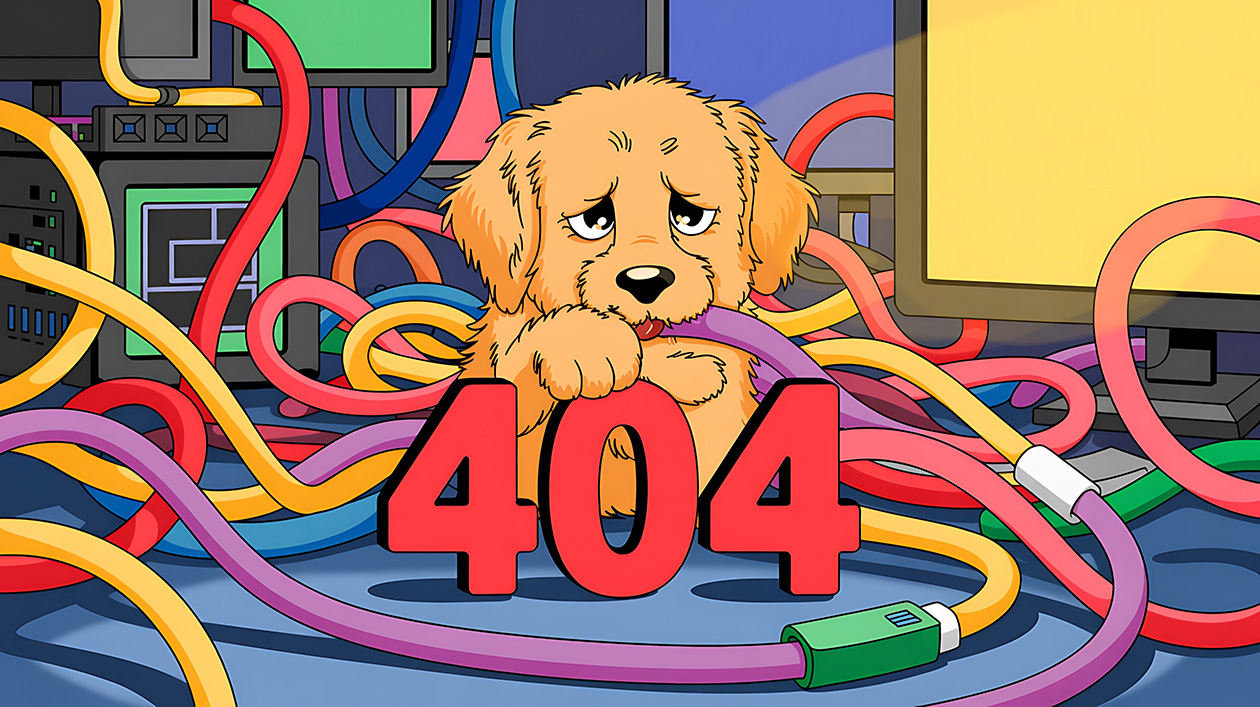Reach Us Today!
Reach Us Today!

It appears the page you were looking for has either been moved, deleted, or possibly never existed. We apologize for the inconvenience. That said, we'd love to help your business with it's technology. To get in touch with our IT experts, please use the form below.
We guarantee 100% privacy. Your information will not be shared or used for spam.

1435 W. SR 434 Suite 109
Longwood, Florida 32750